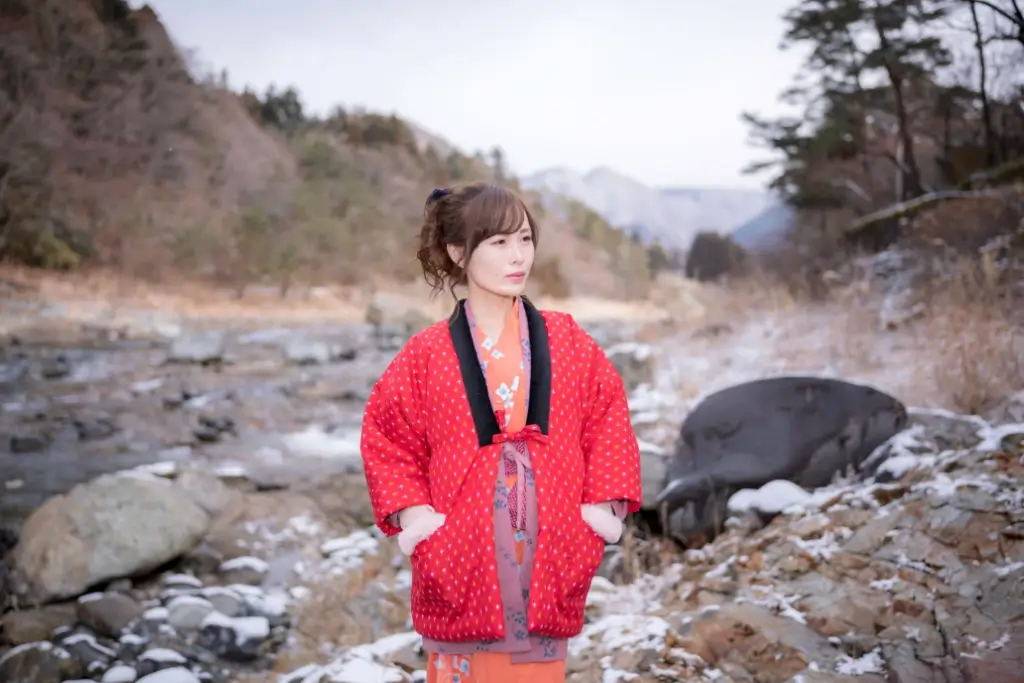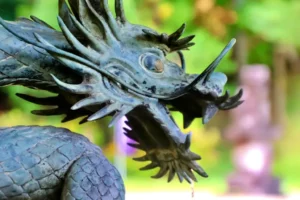Traditional coats have existed in Japan for centuries but are still very popular during the cold season. These coats include hanten, which not only offer practicality but have also become symbols of traditional Japanese fashion, alongside the famous kimono. Join us as we explore hanten and some other beloved Japanese winter jackets!
Table of Contents
ToggleWhat is a hanten jacket?
Hanten is a traditional Japanese winter jacket with a history dating back to the Edo period (1603-1868). Initially worn by commoners, this jacket became popular in the 18th century for its functionality and warmth. Made from padded cotton, it provides excellent insulation while remaining lightweight and comfortable. Its simple yet classic structure includes wide sleeves and a straight, relaxed silhouette that offers ease and freedom of movement.
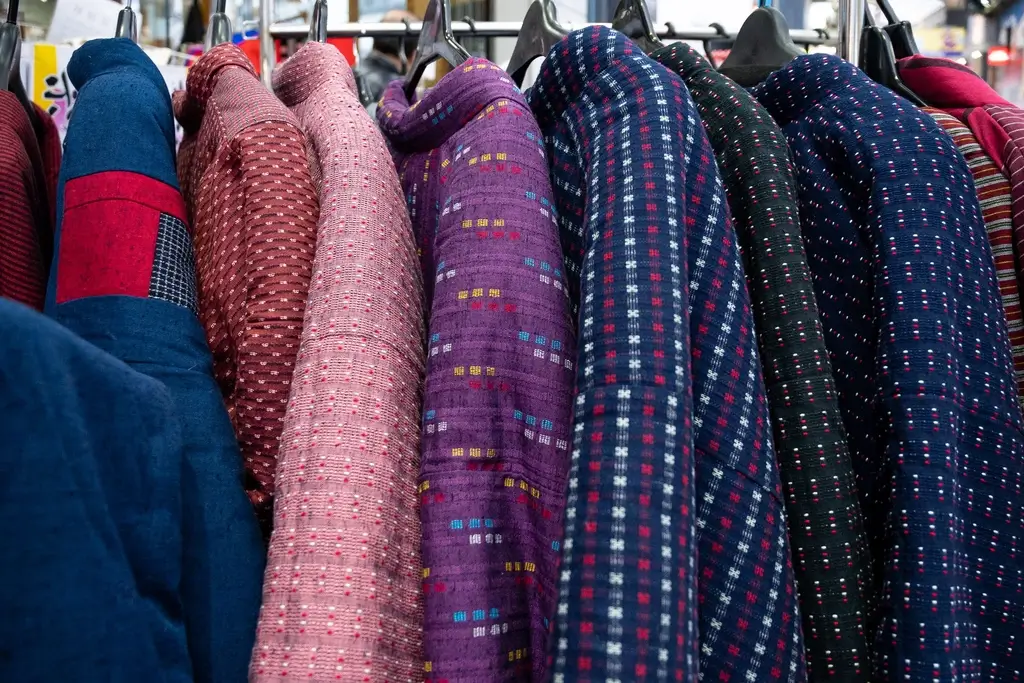
In Japan, people often wear hanten jackets in homes without central heating to keep warm without bulky layers. Available in various styles, they range from traditional patchwork designs to modern denim variations. These options appeal to both fashion enthusiasts and those looking for practicality. Plus, hanten jackets are unisex and suitable for all ages, making them a beloved piece of traditional Japanese clothing!
Where did it come from?
Artisans craft hanten jackets using Kurume Kasuri, a hand-dyed woven cotton fabric from Kurume City in Fukuoka Prefecture. Additionally, the production process of this jacket involves over 30 steps. These include weaving, dyeing, and stitching to ensure quality and durability. Some hanten combine cotton and polyester for added longevity and lightness. Moreover, the loose, tie-front design makes it easy to wear over a kimono and casual clothes.
What other types of jackets are there?
Happi
Happi coats are a delightful Japanese tradition that brings together history, culture, and celebration. These short, loose-fitting coats are often use from cotton or polyester. Workers or servants first wore Happi as uniforms, displaying the family crest to represent their loyalty. Over time, people expanded their role and closely tied hanten jackets to celebrations, often wearing them at colorful festivals, parades, and cultural events.
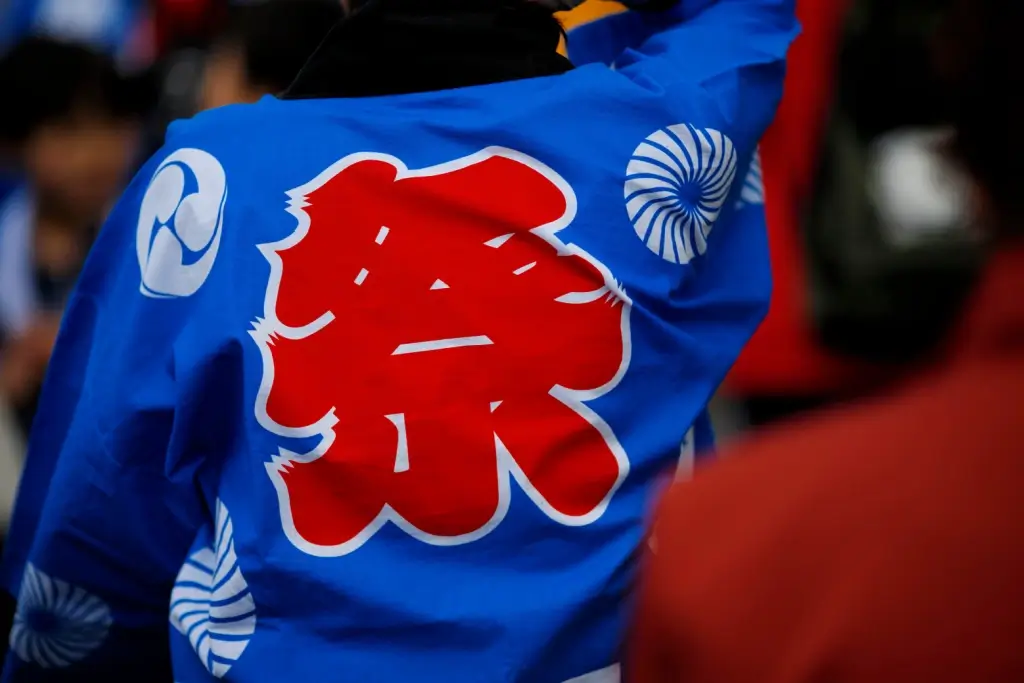
Classic happi coats are usually dyed blue and feature bold symbols or kanji words, like matsuri (festival), on the back. Modern ones come in many colors and designs, ranging from classic patterns like cherry blossoms and waves to contemporary anime-inspired designs. These coats are common at festivals, where they unify groups carrying mikoshi (portable shrines) or performing traditional dances. They’re also favored by taiko drummers and Yosakoi dancers, adding flair to their performances.
Haori
Haori is a time-honored Japanese jacket that was originally worn over a kimono. Initially, the haori was worn by men in the samurai class as formal wear. However, by the 1930s, it became widely embraced by women, especially after geisha in Tokyo began wearing it as a stylish accessory. Today, the haori has become a garment worn by people of all backgrounds, suitable for formal and casual occasions.
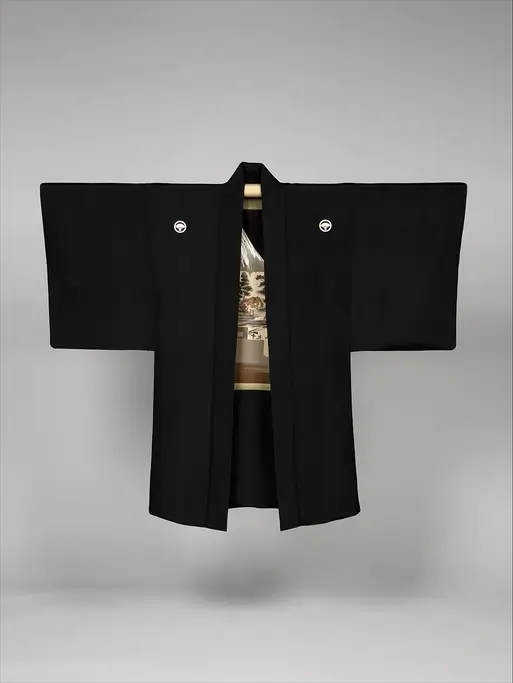
This jacket is traditionally made of silk, which gives it a smooth, soft feel. Nowadays, it’s often made from synthetic fabrics such as polyester and rayon, making it more affordable and easier to care for. Haori usually has an elegant design! Its lovely patterns go from simple flowers to more elaborate motifs. The colors vary from dark ones like navy and black to brighter colors like red or pastel pinks. It can also be worn in different lengths: long for formal events and shorter for casual occasions.
Are you looking for great snacks for the cold weather? Check out Sakuraco! Sakuraco delivers traditional Japanese snacks, teas, and sweets from local Japanese makers directly to your door so you can enjoy the latest treats directly from Japan!
Sukujan
Sukajan, or “souvenir jacket”, is a stylish and colorful jacket with a fascinating history that started post-World War II (1939-1945). American soldiers originally created these jackets as souvenirs to remember their time in Japan. They used shiny materials like satin or rayon and decorated them with unique Japanese designs such as dragons, tigers, cranes, cherry blossoms, and geishas. The idea was to mix Western-style jackets with beautiful Eastern embroidery, making them both fashionable and meaningful.
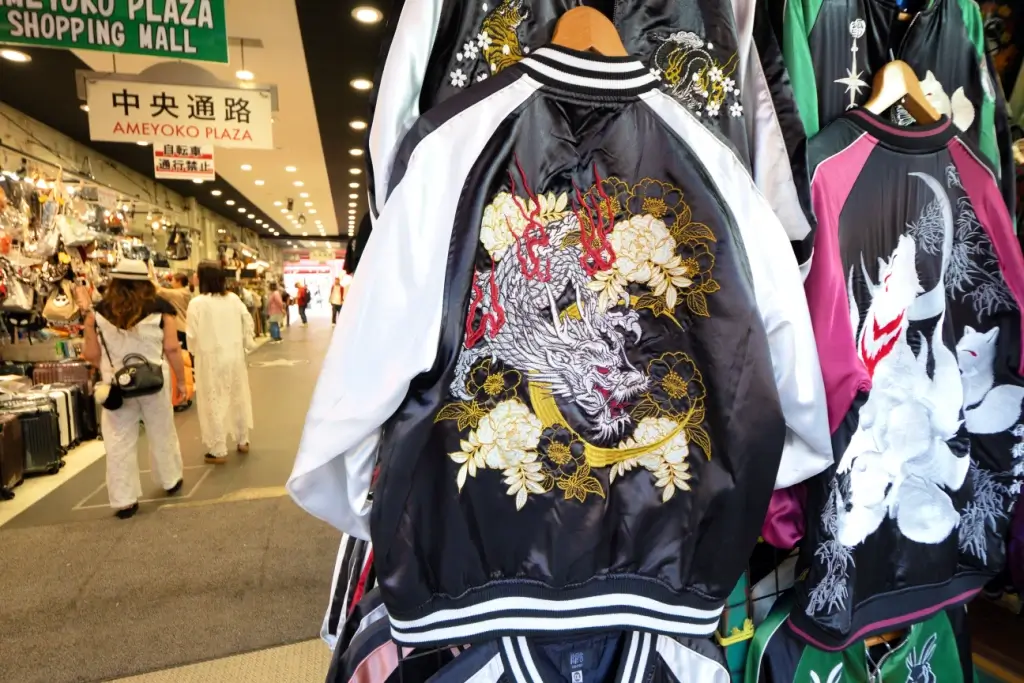
By the 1970s, sukajan became trendy among Japanese youth, symbolizing rebellion and street fashion. In the 2010s, these jackets saw a big comeback, with both vintage pieces and new versions becoming popular worldwide. Today, you can also find sukajan in various materials like velour and quilted fabrics, with eye-catching designs still featuring conventional Japanese motifs.
Why should I wear a hanten this season?
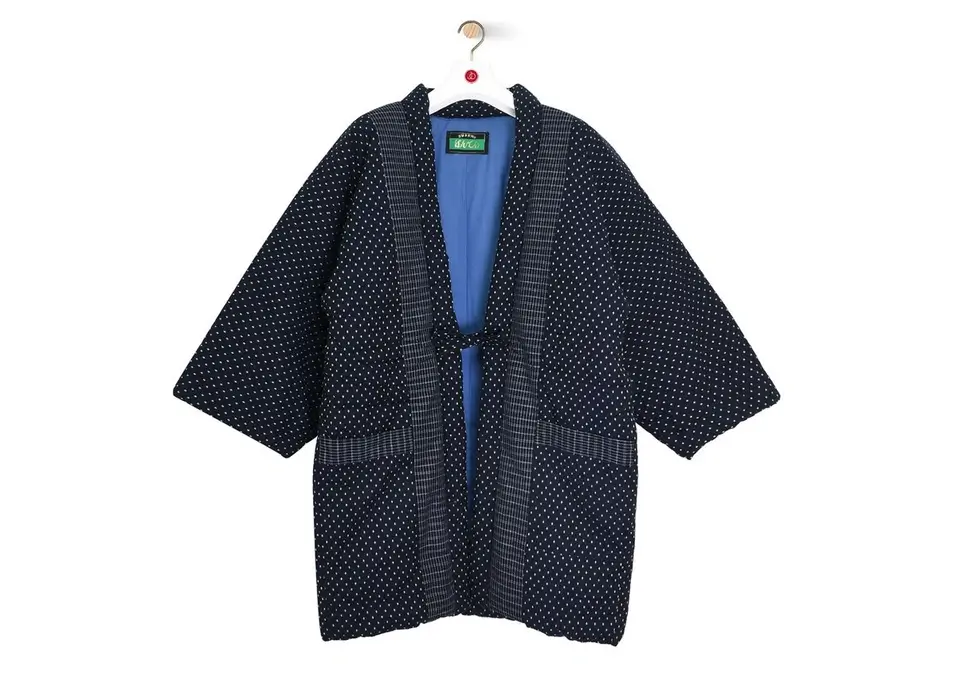
You should wear a hanten this winter because it’s an excellent way to stay warm and connect with Japanese culture. These jackets reflect a tradition of craftsmanship, blending function and style that has endured for centuries. This traditional garment, along with haori, happi, and sukajan, each carries its own story, offering warmth, style, and a celebration of Japan’s timeless creativity. How would you style a hanten in your daily life? Share your thoughts in the comments!

